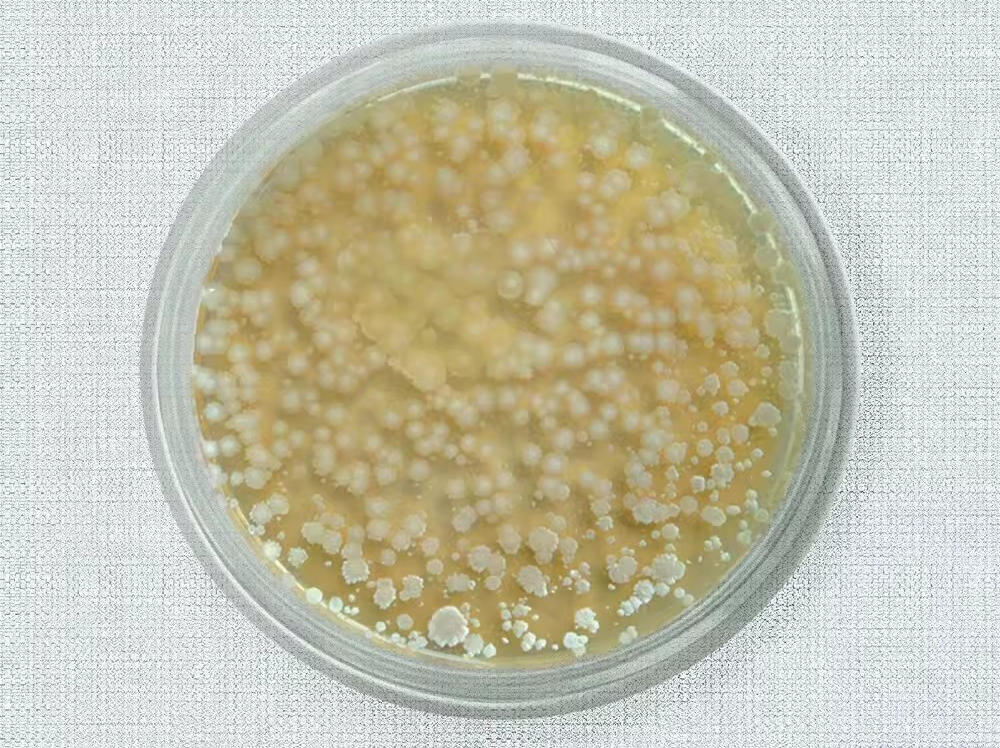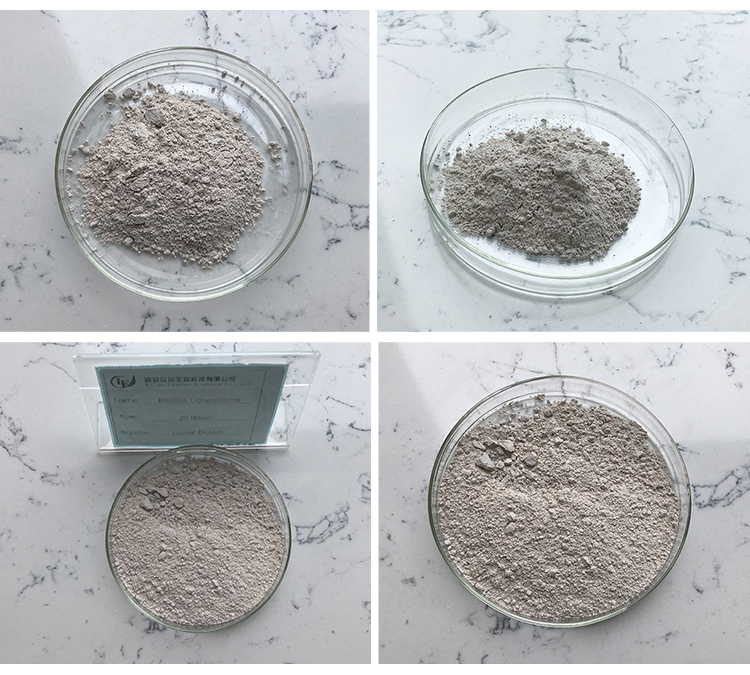Bacillus licheniformis is a Gram-positive, spore-forming bacterium widely studied for its applications in biotechnology, agriculture, and medicine. Research on this microorganism is growing, with multiple directions focused on its industrial, environmental, and health-related potentials. Below are key research directions:
1. Industrial Applications
Enzyme Production:
- Proteases (e.g., subtilisin) for detergents and food processing
- Amylases for starch breakdown in brewing and baking
- Xylanases for biofuel and paper industries
Biopolymers & Bioplastics:
- Production of poly-γ-glutamic acid (PGA) for biodegradable plastics and biomedical applications
Surfactant Production:
- Biosurfactants for enhanced oil recovery and bioremediation

2. Agricultural Applications
Plant Growth Promotion:
- Production of phytohormones (e.g., auxins, gibberellins)
Biocontrol Agent:
- Antifungal and antibacterial activity against plant pathogens
Biofertilizers & Soil Health:
- Enhancing nitrogen fixation and phosphorus solubilization
3. Medical & Pharmaceutical Research
Probiotics & Gut Health:
- Potential use in animal and human probiotics for gut microbiota balance
Antimicrobial Peptides & Antibiotic Production:
- Production of lipopeptides like surfactin and bacitracin with antimicrobial properties
Enzyme Therapeutics:
- Proteases and lipases for wound healing and digestion aid
4. Environmental & Bioremediation Studies
Heavy Metal Detoxification:
- Biosorption of metals like arsenic, chromium, and lead
Biodegradation of Pollutants:
- Degradation of hydrocarbons, pesticides, and dyes in wastewater treatment

5. Genetic Engineering & Synthetic Biology
Strain Improvement:
- Engineering strains for enhanced enzyme production
CRISPR & Metabolic Pathway Engineering:
- Modifying metabolic pathways for enhanced biosynthesis of desired compounds
Would you like a more detailed breakdown of any specific area?
